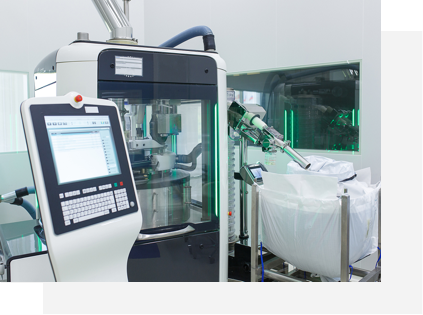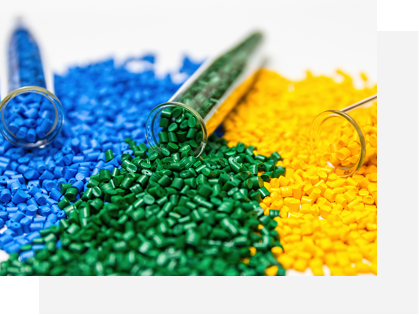The US EPA and the ACS Green Chemistry Institute® have played a major role in promoting research and education in pollution prevention and the reduction of toxics over the past three decades.
Governments and scientific communities throughout the world recognize that the practice of green chemistry and engineering not only leads to a cleaner and more sustainable earth, but also is economically beneficial with many positive social impacts. These benefits encourage businesses and governments to support the development of sustainable products and processes. The United States, desiring to reward and celebrate significant achievements in Green Chemistry, has given out an annual award since 1996, the Presidential Green Chemistry Challenge Award.
Examples of green chemistry accomplishments listed below illustrate how green chemistry impacts a wide array of fields, from pharmaceuticals to housewares, and offer a pathway to a better world.







